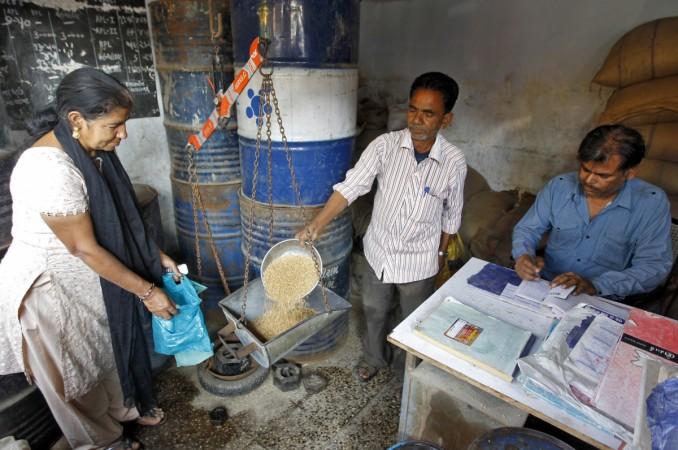
Adopting Prime Minister Narendra Modi's Digital India scheme, the Himachal Pradesh government, on Sunday, July 15, announced several new steps to ensure transparency in ration distribution under the Public Distribution System (PDS).
The initiatives will not only ensure that all citizens are able to get ration, but it will also keep a check on the quality of ration being distributed, so no citizen is scammed.
Under the old scheme, any citizen with a ration card would be eligible for pulses, mustard, refined oil, sugar, wheat, rice and salt at subsidised rates. Now, the government has started the process of linking Aadhaar cards to ration cards, to cut down on duplication of recipients. Currently, 86.6 percent of ration card holders have their cards linked to Aadhar.
Food and Civil Supplies Minister Kishan Kapoor said that the department has also launched its own mobile application, which will help in the process. The app will also facilitate a complaint redressal unit, which has also been established in the Civil Supplies Corporation headquarters in Shimla.
Furthermore, the government has started a toll-free number (1967) that will allow citizens to submit complaints related to rationing, ration cards, LPG and kerosene. The government has also announced plans to provide bills and cash memos to the consumer via SMS, for which a software is being developed. There was no word on when it would roll out.
In India, around 77.3 lakh citizens get subsidised ration through the PDS that operates out of 4,937 depots. The central government has earmarked Rs 220 crore this year for the PDS. There are 18.37 lakh ration card holders in Himachal Pradesh.
For the first time, the rate of pulses has been reduced by Rs 5 which has benefited all categories of consumers.

















